"Sold my iPhone 7 to a friend. Performed a factory reset to erase all the content and gave it to him. Today he starts it up for the first time and says it asks for a 6-digit passcode. Tried all passcodes that I always use but it does not work. What should I do?"
--From an Apple User
For a non-responsive iPhone, you may try a factory reset to fix it. However, after performing the factory reset, you may be surprised to see your device asking for a passcode you don’t remember setting. This situation often leads to confusion and frustration, especially when you expect the reset to erase everything, including the screen lock. In this guide, we’ll explain why your iPhone is asking for a passcode after a factory reset, what it actually means, and provide proven solutions to help you unlock and use your iPhone smoothly again.
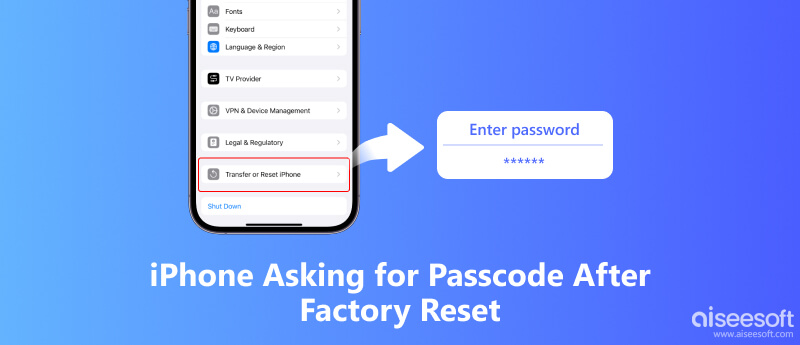
Many users expect that erasing the iPhone will remove everything, including the screen lock. However, this process doesn’t always clear all settings tied to your Apple ID or iOS security system. As a result, your iPhone may still request a 4 or 6-digit passcode or Apple ID verification.
Here are the most common reasons why your factory reset iPhone asks for a passcode:
• Activation Lock (Find My iPhone): When “Find My iPhone” is turned on, your device will be locked after the factory reset to protect your device from being accessed by a possible thief. And the iPhone may ask for the Apple ID password or even the previous screen passcode to verify ownership to unlock the Activation Lock.
• Apple ID Verification: Sometimes, the factory resets trigger identity confirmation that requires your Apple ID and passcode. This is a security measure produced by Apple to ensure that only the rightful owner can activate the device.
• Security Protocols: iOS includes built-in security measures that occasionally require verification. Even after erasing content, your iPhone may ask for the last used passcode to ensure that the device is in the hands of the rightful owner.
• Incomplete or Corrupted Reset: If the reset process was interrupted or failed to erase system data completely, your iPhone might retain old passcode information.
• Software Bugs or iOS Glitches: Occasionally, iOS errors may cause your iPhone to mistakenly request an old passcode even after a successful factory reset.
Understanding these causes will help you figure out why your iPhone asks for passcode after factory reset and prepare you for the next step - fixing it effectively. Now, let’s move to the next section to fix your unexpected passcode after factory reset!
When your iPhone asks for passcodes after factory resetting, the fastest and simplest method is to guess and try the default passcode. Many users have reported that they solved this issue in this way, and we also list the possible passcode here for your try.
| Possible 4-digit passcode | Possible 6-digit passcode |
| 0000 | 000000 |
| 1111 | 123456 |
| 1234 | 888888 |
| 8888 | 999999 |
If it doesn’t work, then your device might have been locked by activation lock or your device has a custom passcode, you can try use the method below.
To directly unlock your locked iPhone successfully, quickly and reliably, a powerful iPhone unlocker like Aiseesoft iPhone Unlocker can help you. It can help you get into a locked iPhone after factory reset without passcode, Face ID, Apple ID, and more. I recommend you choose it if you can’t figure out a passcode and want to fix this problem with high efficiency and reliability. Now, let’s delve into what this iPhone unlocker can do for you and its steps to help you bypass the locks.
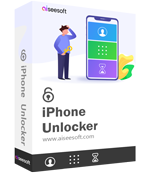
Downloads
100% Secure. No Ads.
100% Secure. No Ads.
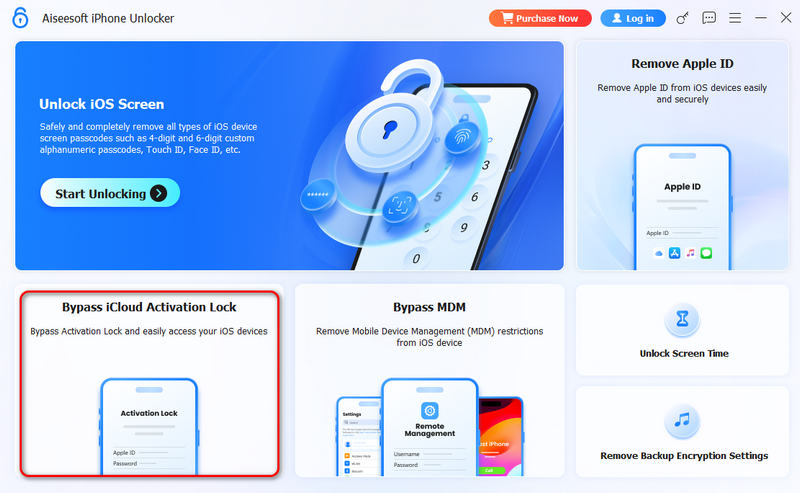
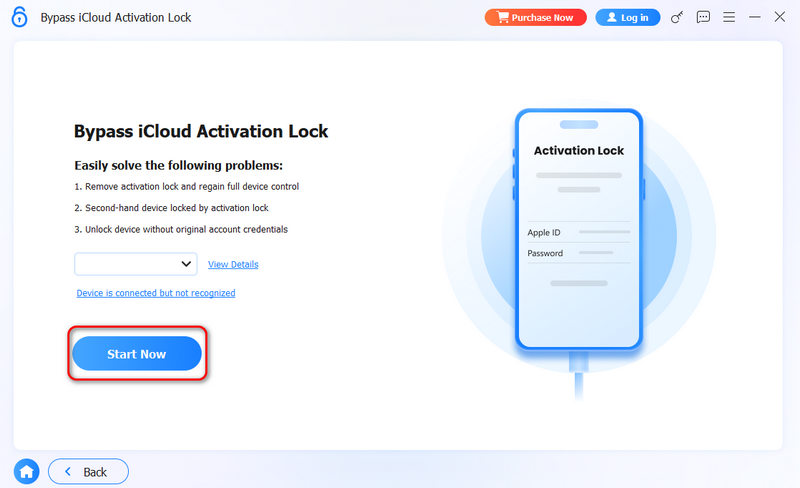
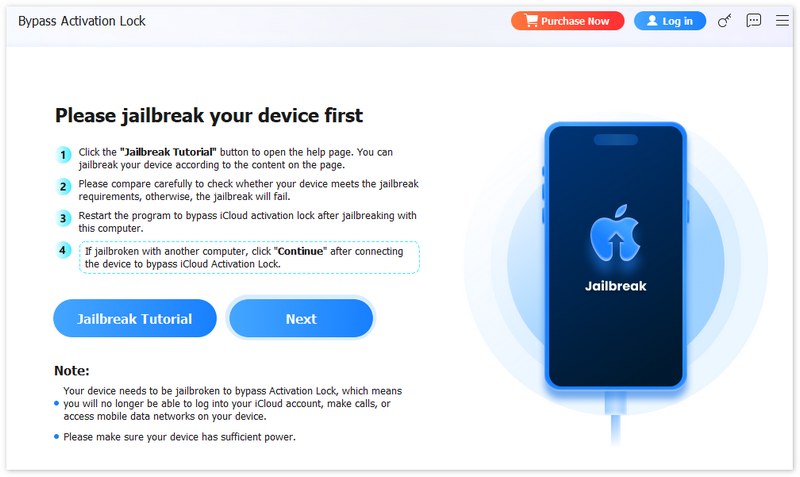

Now, your pop-up screen asking for iPhone passcode will be removed and you can use your iPhone without restrictions.
When your iPhone keeps asking for the old passcode after a factory reset, it usually means the device wasn’t fully erased or reactivated, and parts of the previous system state are still locked by Apple’s security layers. Restoring the device via iTunes (or Finder on macOS) fully reinstalls the firmware, which can eliminate a passcode left over from an incomplete reset or damaged system files after a failed factory reset. Let us discover how to perform it:

If you can’t restore your iPhone directly in this way or your iPhone is in an abnormal state, you can also put your iPhone in DFU mode, which can mandatorily rewrite the firmware and restore your iPhone.
Note: 1) This method will erase all your data; 2) If your iPhone is locked by an activation lock after factory reset, it still needs your Apple ID and passcode to bypass it, and if you don’t have them, I recommend that you use Aiseesoft iPhone Unlocker to remove it.
100% Secure. No Ads.
100% Secure. No Ads.
How many passcode attempts can I have after a factory reset on my iPhone?
After a factory reset, your iPhone starts fresh and does not retain the previous passcode unless Activation Lock is enabled. You can enter the new or default passcode normally. However, iOS still enforces the standard passcode attempt rules: after 6 incorrect attempts, the iPhone will be disabled for 1 minute; after 7 attempts, 5 minutes; 8 attempts, 15 minutes; 9 attempts, 60 minutes; and after 10 incorrect attempts, the iPhone may erase all data if the Erase Data option is enabled.
What happens to my data during restoring an iPhone via iTunes after factory reset?
When you restore an iPhone via iTunes, the process reinstalls the iOS firmware and erases all data and settings on the device. This includes apps, photos, contacts, messages, and system settings. After restoration, the iPhone is returned to a clean, factory-like state.
How do I avoid iPhone asking for passcode after reset in the future?
To prevent your iPhone from prompting for a passcode after a factory reset: 1) Sign out of iCloud before performing a reset to remove Activation Lock; 2) Keep your Apple ID and passcode noted safely, so you can log in after reset; 3) Update iOS regularly to prevent incomplete resets or system glitches. 4) Consider enabling device backups, so you can restore without relying on entering a forgotten passcode.
Conclusion
When your iPhone keeps asking for a passcode after a factory reset, it’s usually not a glitch but part of Apple’s built-in security design. Whether the issue comes from Activation Lock, an incomplete reset, or damaged system files, there are reliable ways to solve it. You can restore your device through iTunes to reinstall the firmware, try possible default passcodes, or use professional tools like Aiseesoft iPhone Unlocker to remove the screen passcode safely.
100% Secure. No Ads.
100% Secure. No Ads.
To avoid similar problems in the future, always sign out of iCloud before resetting, back up your data, and keep your Apple ID credentials secure. With the right method, your iPhone can be restored to normal use quickly and safely without unnecessary frustration.

To fix iPhone screen locked, wiping password function can help you a lot. And you also can clear Apple ID or Screen Time password easily.
100% Secure. No Ads.
100% Secure. No Ads.